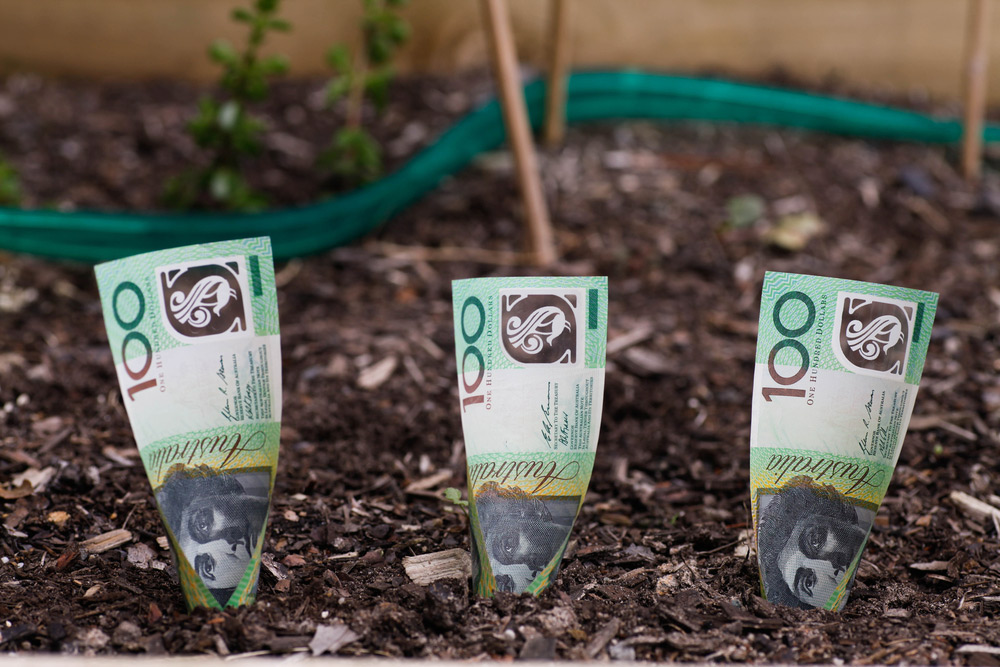
The Secret Behind Buying A Winning Property
Buying a winning property and creating a deal that, as we say in the industry “stacks up,” takes endurance and commitment so don’t rush into anything.
Most real estate is sold in the market to illiterate buyers who are impatient, emotional and who consider themselves too time-poor to show persistence and conduct proper due diligence.
Crunching deals will allow you to view real estate in a whole new light and will establish the real ROI of your investment.
When you analyse a deal, it is wise to take it through the following steps to ensure you have a basic level understanding of the property itself and how it fits into its environment.
FEASIBILITY RULE NO#1: RETURN ON DEPOSIT
Cash on cash is a term all investors should acquaint themselves with when they analyse a deal. The return on deposit percentage gives you the most accurate indicator of how fast you can do this. Here, your goal is to ensure your capital is in and out of the market within two years at the latest.
For example, if you were to put $30,000 in the market, accumulate the asset and achieve growth over 12 months to gain a further $30,000, this is considered to be a 100 per cent cash on cash return.
To put even more simply, if you had $30,000 in the bank and at the end of 12 months you had your original $30,000 plus another $30,000, you would have a pretty good deal.
Cash on cash is the same principle, only it’s achieved through the property market. It allows you to secure and retain your asset, but still have a readily available deposit to fund a new investment.
FEASIBILITY RULE NO#2: PROPERTY FINANCE
Make sure you understand what the typical finance requirements for the area are.
It is important to note that mortgage insurers and banks have classifications for various areas in the property market regarding how risky they believe the particular property market actually is and they will adjust their maximum lending criteria based on their risk rating.
The reason why they do this is they are simply protecting themselves as a business in case someone they approve a mortgage for fails to make repayments and then the bank is forced to take the property back and sell it on the local market to reclaim their monies.
If a particular market is very flat or does not look desirable the bank may ask you to put more skin into the game so to speak by lowering their maximum loan to value ratio to 80 per cent for example.
Properties can often look wonderful until you consider how much capital is required as a deposit. You need to run feasibility on lending when you are buying.
FEASIBILITY RULE NO#3: MARKET VALUE
To determine the sale-price range of properties in a particular area, it’s best to organise them by price.
This will identify the lowest priced property compared to others in the suburb which establishes a guide for how much discount to seek or when to walk away. If a property is priced well below others in the area, asking for a discount is not necessary. The best thing to do is snap it up! Money will be made “on the way in” due to good research and knowledge of the market.
FEASIBILITY RULE NO#4: THE RETURNS
Running the numbers is of huge importance. A property could look great on the surface, but until you measure the rental return, the outgoings and associated costs, you won’t know how much the true cost is per week.
No more than 30 per cent of the property income should be lost to outgoings and rents should be no lower than four per cent return at a bare minimum.
The property will still need further clarification, but as a rule, you never want to be too negative with property as it will drop its serviceability, leaving your wage or income to be the major contributor to the property’s upkeep.
This will often lead to being stuck and unable to buy again.
START WITH A PLAN
Before you buy, you should have a plan in place that guides you on what to buy, where and for how much. Your plan should also include the next steps to build out your portfolio and the experts you’ll need on your team to ensure your success is sealed.
Get started on your property investing plan at one of our free property investing seminars.
Here you’ll discover the most crucial components you’ll need to consider when building a booming property portfolio.
Recent Articles
An Investor’s Guide to Multi-Income Properties
When it comes to building a booming property portfolio, diversity is key! There are four primary multi-income types that Australian investors can buy at the moment.
Property Cash Flow Basics For Creating Passive Income
Buying real estate is similar to running a business – good performance is derived from your ability to generate cash flow. For a property investor, this means eventually living off the passive income that your real estate generates. Therefore, it is especially important that you map out your ability to build a portfolio that will deliberately achieve this level of success from the get-go.
How Property Investors Can Reduce Tax Down To Zero!
Those who own real estate are subject to many, different kinds of tax. Some tax is unavoidable. Other kinds of tax are legally, 100% avoidable – or at least able to be reduced substantially. With the Victorian government recently announcing a rise in the land tax threshold it’s even more important that property investors know where they can and should minimise the tax they pay.
A Property Investor’s Guide To Depreciation
Every smart property investor knows that to create and maintain a portfolio, we need to have good cash flow. One of the ways we can support this is by using depreciation and tax. But, just like equity, depreciation only works for us if we know how to access and then leverage it.
A Property Investors Guide To Guaranteed Rental Increases
Rent is your weekly or monthly incomes from your property. And it’s an income you don’t work for. It’s the absolute key to good cash flow and passive income, so it’s essential you are able to keep raising your rents at regular intervals. But, what makes it possible for property investors to do this?
The Only Time You Should Sell An Investment Property
The golden rule of property investing is to buy well and NEVER SELL. However, there are always exceptions to the rule… Firstly, let’s look at why you would keep an investment property? If you buy a great piece of real estate, in the right location, it will always create a passive income for you, so there will be no reason to sell it.
House vs Apartment – Which Is Better for Capital Growth?
Many property investors favour one type of property – either apartments or houses. While there are pros and cons to both, which we will discuss here, one of the often forgotten advantages of houses is the investment you’re making not only in the bricks, but also in the land. Land value in itself increases over time, and investment in a piece of land also provides opportunity to renovate, subdivide and develop, all of which lead to greater capital growth.
Use Equity To Create Cashflow in 4 Simple Steps!
Equity is an interesting topic when it comes to real estate. Smart property investors know that equity can play a key part in creating passive income that accumulates over time, allowing us to eventually work less and ultimately do more of what we love. But in order to be able to use equity to create passive income, there are some important steps property investors need to take right at the beginning of their journey.
Economy Bounce-back Better Than Expected, What Investors Need To Know
Bouncing back much faster – and stronger – than predicted post-COVID, the Reserve Bank of Australia (RBA) is anticipating a good end to 2021, and a great 2022. But with so much uncertainty over the last 12 months, it’s hard to know if this economy is here to stay, and if so, how it will impact property investors in the long-run.












